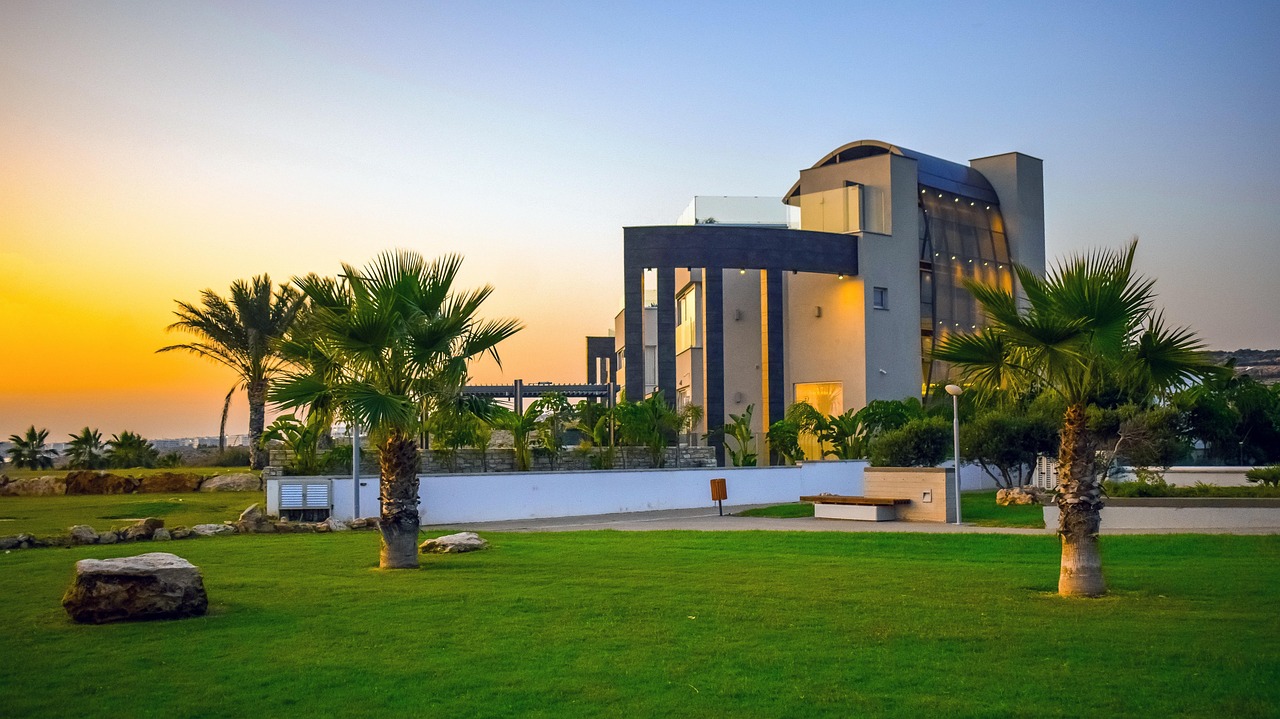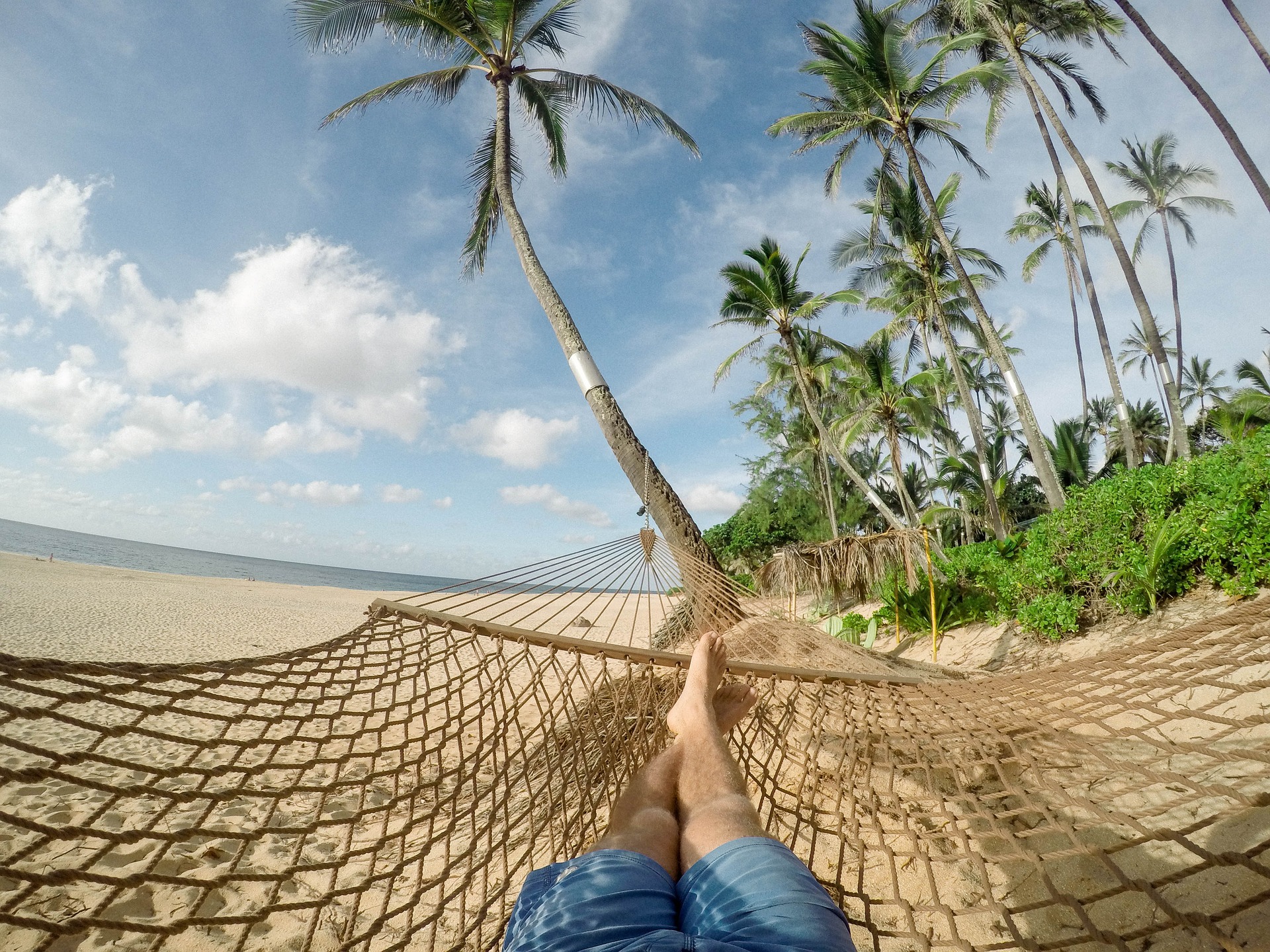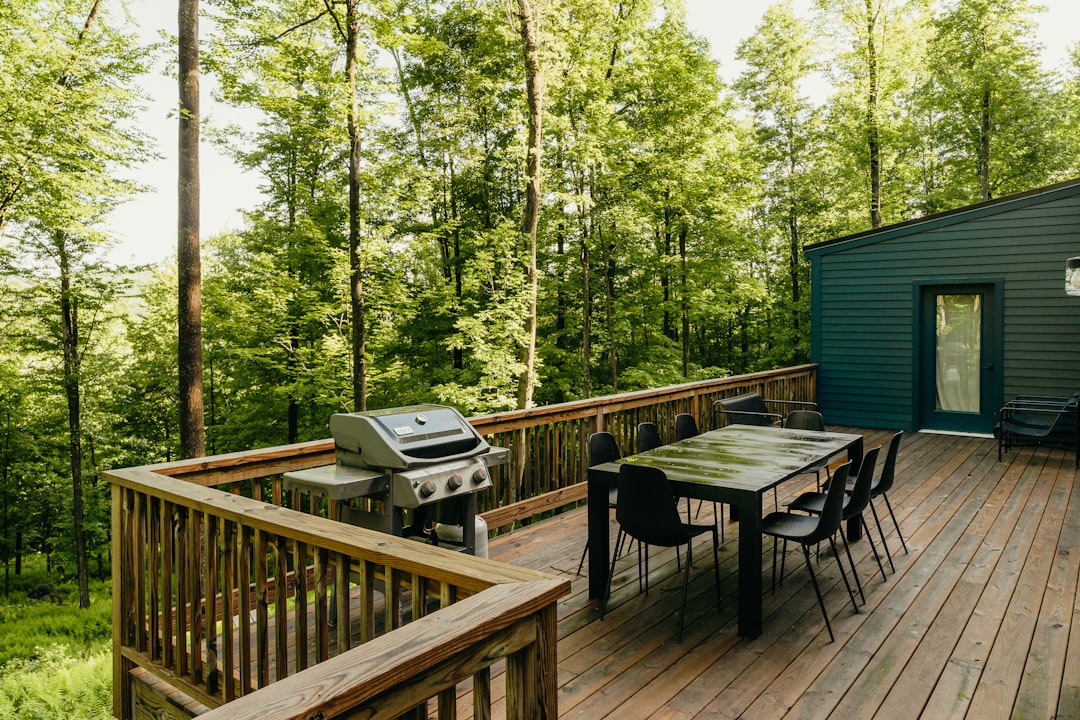An exterior waterproofing membrane is a material used to protect surfaces from water, such as the walls of a building. It can be applied as a coating or integrated into building materials. The purpose of an exterior waterproofing membrane is to ensure that water does not penetrate the surface, which can lead to structural damage and costly repairs.
Types of Exterior Waterproofing Membranes
There are several types of exterior waterproofing membranes available on the market today. These include liquid-applied membranes, sheet membranes, self-adhesive membranes, and hot-applied rubberized asphalt membranes.
Liquid-applied membranes are applied in liquid form and then allowed to dry or cure before being exposed to moisture. Sheet membranes are large sheets that are applied directly onto the surface with adhesives or fasteners like nails or screws. Self-adhesive membranes come in rolls and feature an adhesive backing that allows them to stick directly onto surfaces without additional adhesives or fasteners needed for installation. Hot-applied rubberized asphalt membrane systems require heaters and specialized tools for application but offer superior protection against water infiltration when properly installed by trained professionals.
Advantages of Using an Exterior Waterproofing Membrane
Exterior waterproofing membrane systems provide a number of advantages over traditional methods of protecting surfaces from water infiltration such as sealants and caulking alone:
• Durability – Exterior waterproofing membrane systems provide long lasting protection against water intrusion if installed correctly; they also resist cracking over time due to temperature changes and other environmental factors better than other methods do
• Flexibility – Many types of exterior waterproofing membrane systems can be bent around corners easily without compromising their integrity
• Cost Effective – When compared with other methods like interior drainage systems, exterior waterproofing membrane systems tend to cost less upfront while still providing effective protection against water intrusion
• Quick Installation – Most types of exterior waterproofing system can be installed quickly compared with more traditional solutions like sealants; this makes them ideal for projects where time is limited
• Easy Maintenance – With proper maintenance some types of external sealing materials require little upkeep; this makes them ideal for commercial properties where there may not be someone dedicated solely to maintaining the property’s perimeter
Disadvantages Of Using An Exterior Waterproof Membrane
While there are many benefits associated with using an external sealing material there are also some drawbacks worth noting:
• Expense – Depending on the type chosen certain external sealing materials may be more expensive than traditional solutions such as caulkings
• Difficult Installation – Some types require special tools for installation which must either be purchased separately or rented from a supplier; these additional costs should be factored into any budget calculations
• Limited Accessibility – Certain areas may not allow access for installation due to obstructions such as furniture which could limit how much coverage you’re able get out your investment
Conclusion
Exterior waterproofing membrane systems offer many benefits over traditional solutions like caulking alone including durability, flexibility, cost effectiveness, quick installation times & easy maintenance regimes however they do have some drawbacks including expense & difficulty installing in certain areas so it’s important you weigh up all options before deciding what will work best for your needs & budget.









